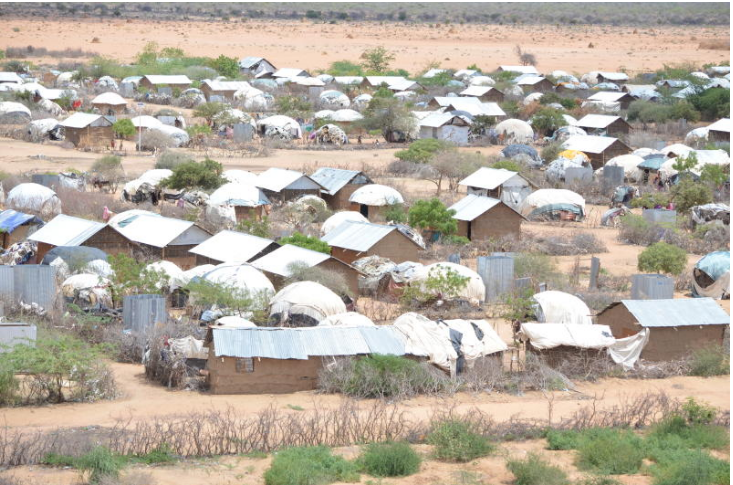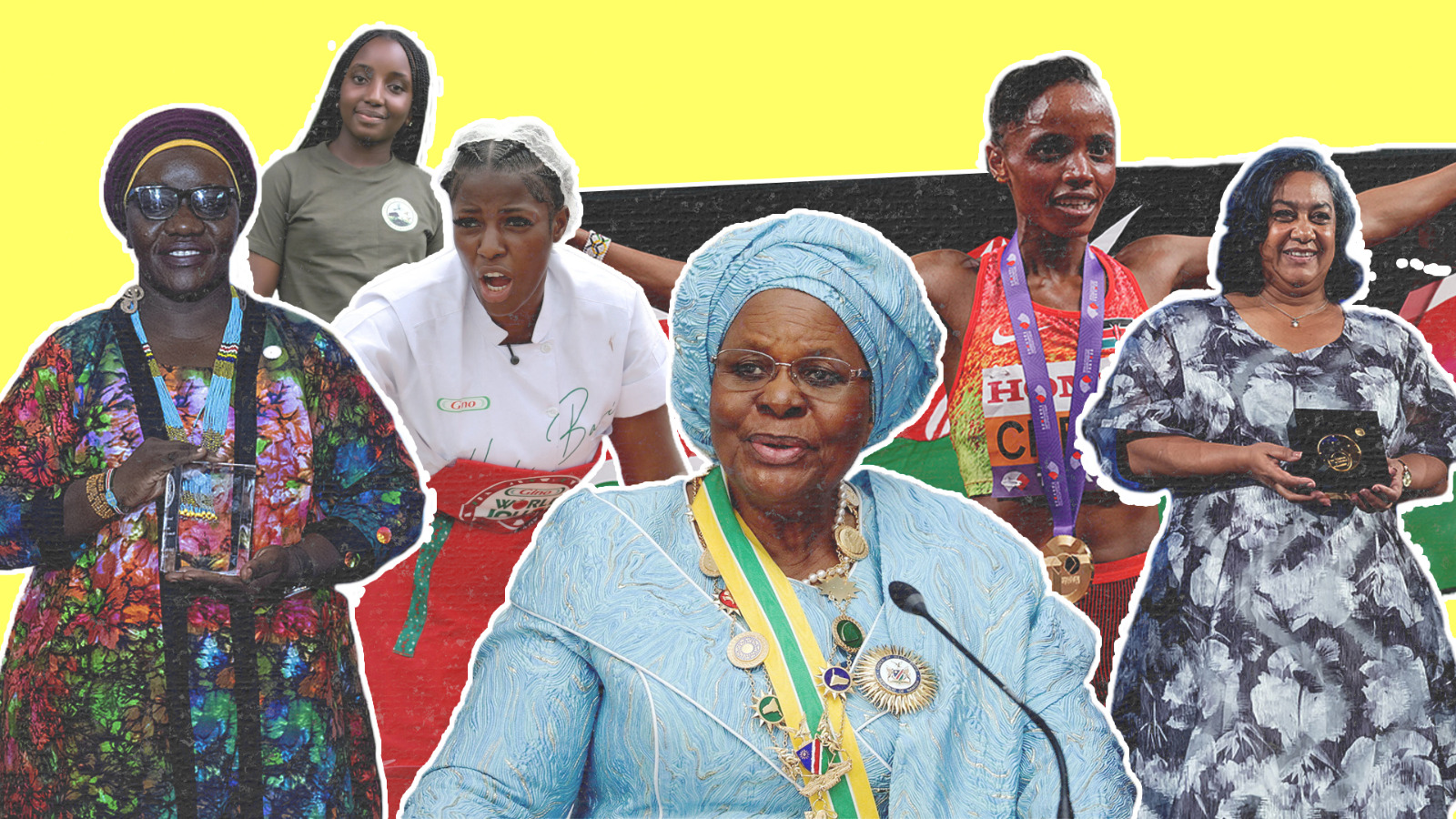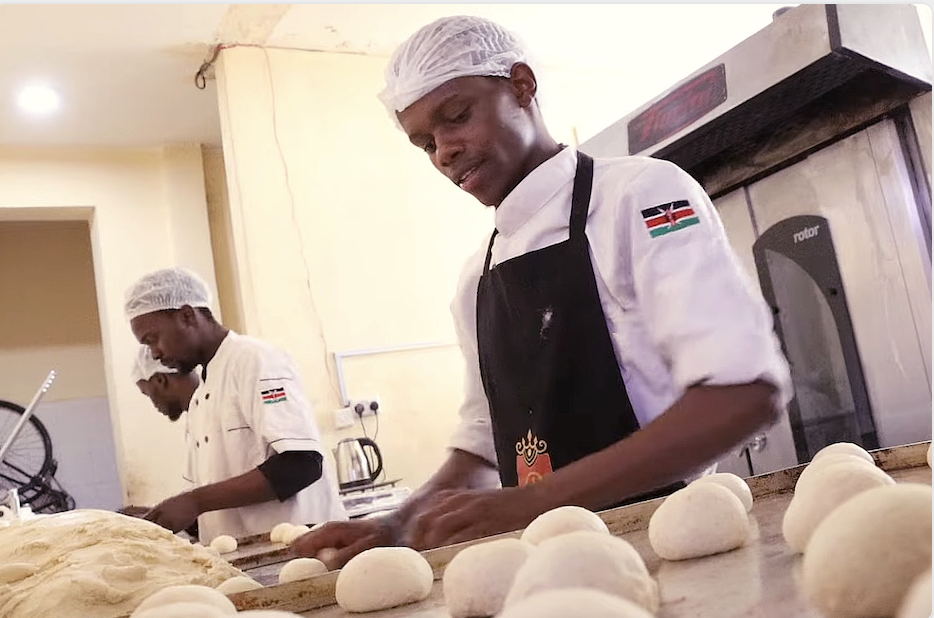
UN: Somali refugees unwilling to leave Dadaab to return home

The United Nations says fewer and fewer refugees show interest in leaving the Dadaab refugee camps in Northern Kenya and returning home to Somalia.
Some of the refugees say they are concerned about violence, drought and a lack of services in their homeland.
As of July, a total of 84,393 Somalis from both Dadaab and Kakuma camps had taken part in the UN’s voluntary return programme since its inception five years ago.
In June, CGTN visited Dadaab to get a look at life inside the complex and to find out what residents plan to do once Kenya makes true its threat to close the camp.
Ibrahim Ahmed, a businessman in Hagadera said: “If the camps are closed and there are no solutions in Somalia that will result in a lot of problems. We could have suggested that we be relocated or give us money for resettlement it could be better. The reason we are here is to save our lives and you can see what is happening in Somalia…there’s no safe area.”
The total population of the nearly 30-year-old Dadaab refugee complex, have grown up and raised families in this area and for them leaving a place they call home is not tenable.

Khatred Ali is part of this first generation of refugees and has similarly expressed concerns leaving.
‘’Imagine bringing up a large family in this refugee situation. How do you take back children who have known nowhere else but a refugee camp and were educated here? Even for us adults, it’s close to 30 years since we were last in Somalia. We don’t know where to return to,” she tells us.
The Dadaab head count stood at 210,472 at the end of June. That represents a decline of only 84 persons over the past three months.Since the beginning of 2019, 1,395 have been assisted to return to Somalia.
Nearly 3,300 Somalis who agreed to go home this year have come back to Dadaab in recent months and are awaiting processing in the camps. They are among a total of 15,302 “undocumented persons” who are living in Dadaab but are apparently not included in the UN agency’s overall count of residents in the camps.
Meanwhile, many are waiting to see whether the government will actualize its August 2019 threat to shut down the camp. The refugees say they won’t leave unless forced to. And the Kenyan government has pledged to respect the rights of refugees, including safeguards against involuntary repatriation.
Here’s a link to the video we filmed in June on repatriation;






